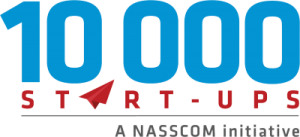Human Resource Management (HRM) underscores that employees are crucial organizational assets. The idea that employees are critical assets of any organization is an established fact. Employee productivity is connected to the success of the organization. So, individual employee interest is given priority in every company. For employee productivity and success, organizations give importance to correct planning and proper execution. The HR department in the organization is the concerned department that carries out these activities.
It plays a vital role in the smooth running of the organization. The importance of automated HR management systems has increased nowadays. By choosing it, the companies can simplify all the crucial HR processes and HR managers can focus on other things in the organization. It’s difficult to tackle all HR tasks effectively, especially when the company is growing. HR professionals must be known about various employee issues and ways to address them. It’s essential for them to make decisions, understand common HR challenges and find solutions for them. They do various processes to formulate strategies that can bring success.
There is a lot of progress over the years in the HRM field. Due to technology, the functions of the HR department has simplified. There are a few things to know about HRM then and now. But what does Human Resource Management include? The process of Human Resource Management consists of job design, analysis, workforce management, training, development, employee performance management, compensation, and other benefits, and legal issues. Now the practice of HR has been impacted by HR technology in some aspects.
How things have changed in HRM then and now. Let’s see
The focus of HR:
When we go back to the 80s, the HR professionals at that time were mostly involved in doing paperwork and following anti-discrimination laws to avoid being penalized by contractors and employees. The primary focus was on legal issues and compliance. They were occupied with personnel management and administrative tasks.
HR leaders are now considered advisors and strategic business partners. Apart from administrative and personnel management, they give advice to high-level executives in the organization and work together with various departments to obtain the business goals. To achieve the goals they focus on aspects like talent management, targeted recruitment, employee retention, employee productivity, and engagement, etc.
HR Research:
Earlier, the responsibility of HR was to figure out things like whether the employees are paid accurately and how much salary should they receive. Even though this still exists in the HR functions, the HR specialist was only focusing on specific areas in HRM.
Today, HRM is moving towards innovation with the advancement in technology and globalization. With the help of reliable HR software or payroll tool, HR professionals can research and figure out the payroll of employees. When the payroll process is simplified then HR professionals can research other things like the world’s economy, corporate governance, and work-life balance of employees.
The benefits in the organization go to the department that deals with critical data and operations. Earlier, it was easy for the operations and finance departments to play a vital role in the business by allowing HR to focus on administrative, strategic, and tactical tasks.
Today, the availability of advanced people analytics methods has changed the way how the company identifies, develops, attracts, and retains the workforce. So, with the help of these methods, the HR professionals just sit at their executive desks and give advice to the leadership team in making decisions related to the workforce.
Earlier, the function of HR was to figure out the employee’s salary and benefits and ensure that the payroll is delivered without any delays. Even when we see the demand for HR specialists.
Today, the function of HR is more than payroll and administrative management. Transformational HR is the present trend and it focuses on connecting and aligning the HRM with the business goals, strategy, and objectives. Now HR professionals must have knowledge and awareness of the business context to design a suitable HR vision and become experts in change management.
Skills:
In the past, HR was mentioned as personnel management and it was functional and process intensive. Later the ideas like human capital management and HR emerged with functions that were mostly strategic.
Today, HR leaders must be fluent in operating data interpretation and using HR tools. They must have the ability to grasp numbers for solving various business problems. To do the HR functions, they require the ability to use a consultative approach which requires soft skills like relationship building.
HR technology:
Earlier for HR and payroll management, the data was saved in spreadsheets, and processes were written on paper. Such practice is not only time-consuming but also labor-intensive.
Cloud-based HR technology has changed the way how data is processed in the HR system. Now you can quickly look for effective HR and Payroll tools by searching online for payroll service providers in Bangalore and choosing suitable software that meets your business needs. HR automation makes the process paperless and saves time.
To explore Sumopayroll, Sign up!!









